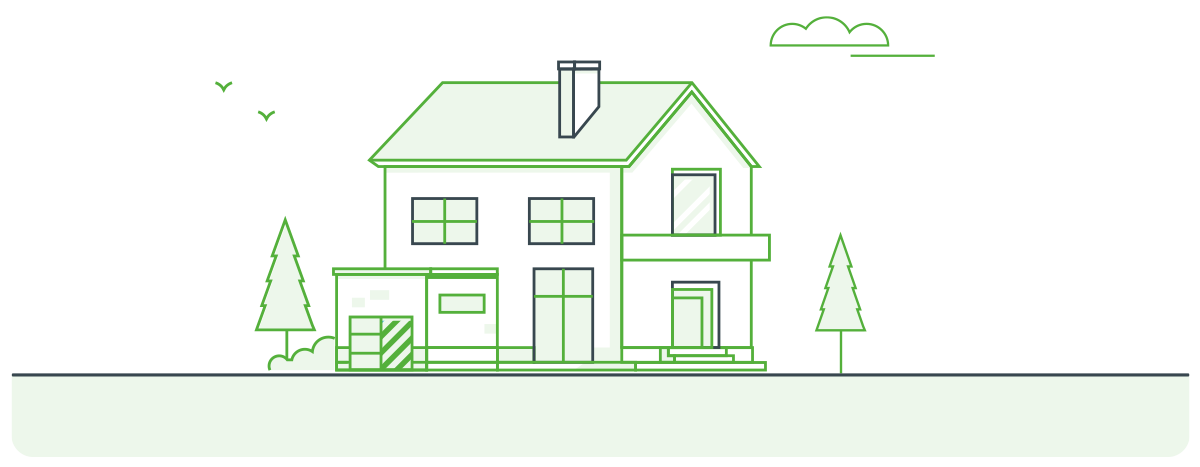Showcase your expertise
For real estate agents, demonstrating your expertise about all of a home’s features is an opportunity to enhance the client experience. That’s especially true for features that homeowners may not have experienced before, such as propane tanks. Explore this interactive infographic and share it with your clients to help answer any questions — and get happier clients and more referrals.
Get to know your propane tank
Here are the features that keep tanks safe, sturdy, and long-lasting.
MATERIALS
Propane tanks are made of heavy steel and built to ASME and DOT specifications to ensure they can withstand weather and collisions.
LIFESPAN
Propane tanks can last for decades with regular inspection and maintenance.
VALVES
Tanks have valves to fill the tank, service the tank, or relieve pressure from extreme heat. Homeowners should not use the valves except for emergency shut-offs.
WEATHER
Propane tank locations
Underground Tank
Tanks can be safely buried underground, where they are serviced through a small dome. Propane is nontoxic and insoluble in water, so it does not pose a contamination risk.
Aboveground Tank
Larger tanks, typically with sizes ranging from 120 gallons to 1,000 gallons, are installed with minimum distances from property lines and buildings according to stringent code requirements.
Propane Cylinders
Smaller 420-pound cylinders (approximately 100 gallons) can be safely placed against a home or building, and multiple cylinders can be connected together.
Landscaping
Smaller 420-pound cylinders (approximately 100 gallons) can be safely placed against a home or building, and multiple cylinders can be connected together.

Who owns the tank?
Help homeowners avoid any confusion about tank ownership.